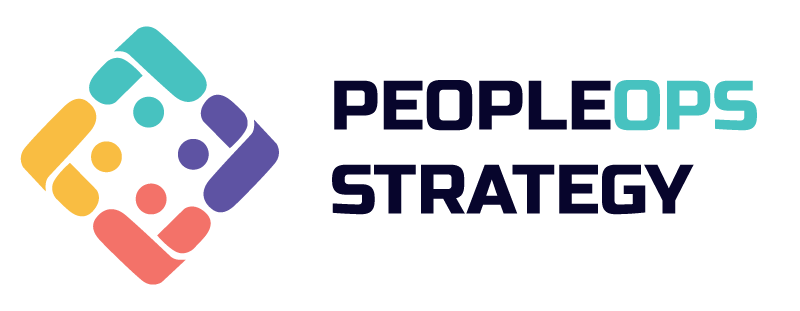
The Role of Empathy in PeopleOps
Understanding Employee Challenges
Creating a healthy work environment is tough, especially when people work from home. Managers in PeopleOps need to be kind and think about what employees are going through. They have to balance getting work done and making sure everyone is okay. Understanding these challenges helps build a better workplace.
Balancing Results and Well-being
It’s important to get good results, but not at the cost of employees’ well-being. PeopleOps managers should focus on both. They need to make sure employees are happy and healthy while also meeting the company’s goals. This balance helps avoid burnout and keeps everyone motivated.
Building Trust Through Transparency
Trust is key in any workplace. Being open and honest with employees builds trust. When managers share information and listen to their team, it creates a positive atmosphere. This transparency makes employees feel valued and part of the team.
Leveraging Technology for Better Employee Engagement
Streamlining Communication
Using technology to improve communication can make a big difference in how connected employees feel. Tools like instant messaging apps and video calls help everyone stay in touch, no matter where they are. This makes it easier for teams to work together and share ideas quickly. HR Training often includes tips on using these tools effectively, so everyone can get the most out of them.
Utilizing Data for Informed Decisions
Data can be super helpful for making smart choices about employee engagement. By looking at things like survey results and performance metrics, managers can see what’s working and what’s not. This way, they can make changes that really help employees feel more engaged and happy at work. HR Training teaches managers how to read and use this data to make better decisions.
Implementing Digital Feedback Systems
Getting feedback from employees is important, and technology makes it easier than ever. Digital feedback systems let employees share their thoughts anytime, not just during annual reviews. This ongoing feedback helps managers understand what employees need and how to make their work experience better. Plus, it shows employees that their opinions matter, which boosts engagement.
Strategies for Enhancing Employee Satisfaction
Creating a Positive Work Environment
A positive work environment is key to keeping employees happy and motivated. When people feel like they belong and are part of a team, they are more likely to be productive and stay with the company. Good workplace relationships and a supportive atmosphere can make a big difference. Supervisor training and HR strategies can help create this kind of environment.
Promoting Work-Life Balance
Work-life balance is super important for employee satisfaction. When employees can balance their work with their personal lives, they are happier and more productive. Manager training programs can teach supervisors how to support their teams in achieving this balance. Effective supervision includes understanding and respecting employees’ time outside of work.
Recognizing and Rewarding Employee Contributions
Everyone likes to feel appreciated. Recognizing and rewarding employees for their hard work can boost morale and motivation. This can be done through formal programs or simple, everyday acknowledgments. HR best practices suggest that regular recognition can improve employee retention and overall workplace culture. Employee development and training programs can also play a role in helping managers learn how to effectively recognize and reward their teams.
Continuous Improvement in PeopleOps
Regular Evaluation of Processes
In PeopleOps, it’s super important to always check how things are going. This means looking at what works and what doesn’t. By doing this, companies can make sure they are always getting better. Leadership Development plays a big role here because good leaders help spot areas that need fixing. This helps the whole Organizational Culture stay strong and positive.
Encouraging Employee Feedback
Listening to what employees have to say is key. When workers share their thoughts, it helps the company grow. This is a big part of Workplace Improvement. Employees often have great ideas for making things better. Plus, when they feel heard, they are happier and more engaged.
Adapting to Organizational Changes
Change is a part of life, and it’s the same in companies. Being able to adapt to new things is crucial. Professional Development helps employees learn new skills to keep up with changes. This way, the company can stay ahead and keep improving. Adapting well to change also makes the work environment more positive and dynamic.
Continuous improvement in PeopleOps is all about making small changes that add up to big results. By focusing on better ways to manage people and processes, companies can create a more positive work environment. Want to learn more about how we can help your business grow? Visit our website today!
Conclusion
In wrapping things up, it’s clear that PeopleOps training can really change the game for how employees and managers get along. By focusing on people first, companies can create a work culture that’s positive and productive. This means happier employees who are more engaged and less likely to leave. Plus, with the help of technology, it’s easier than ever to keep in touch and make sure everyone feels valued. So, if businesses want to thrive, putting effort into PeopleOps is a smart move. It’s all about making sure everyone feels like they belong and can do their best work.




